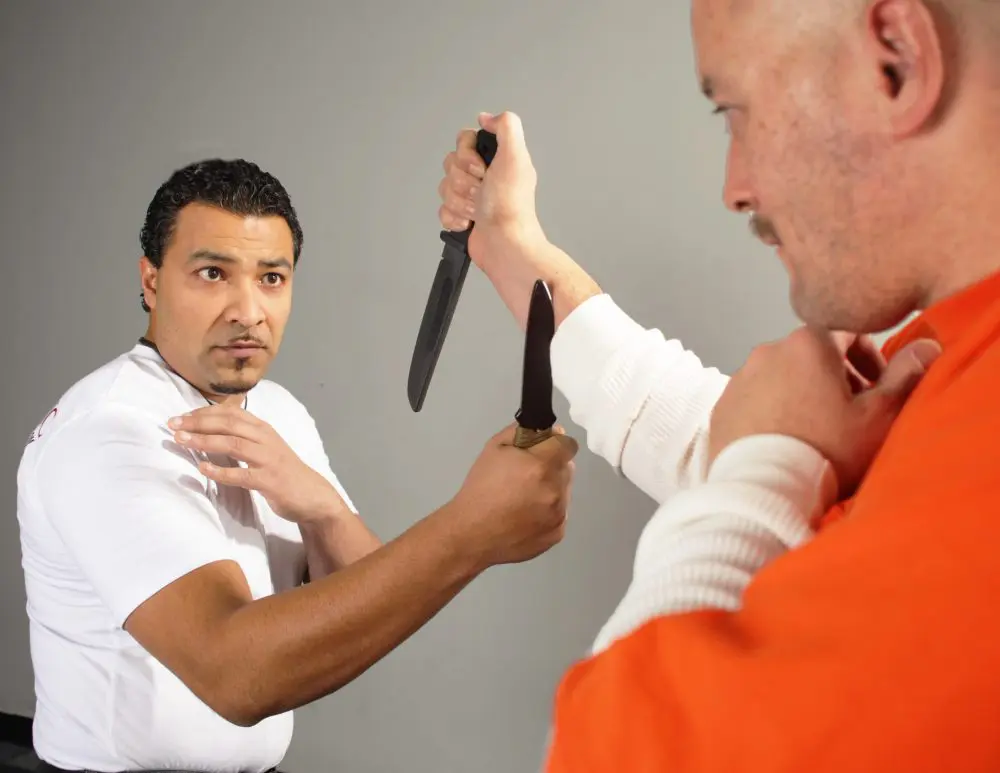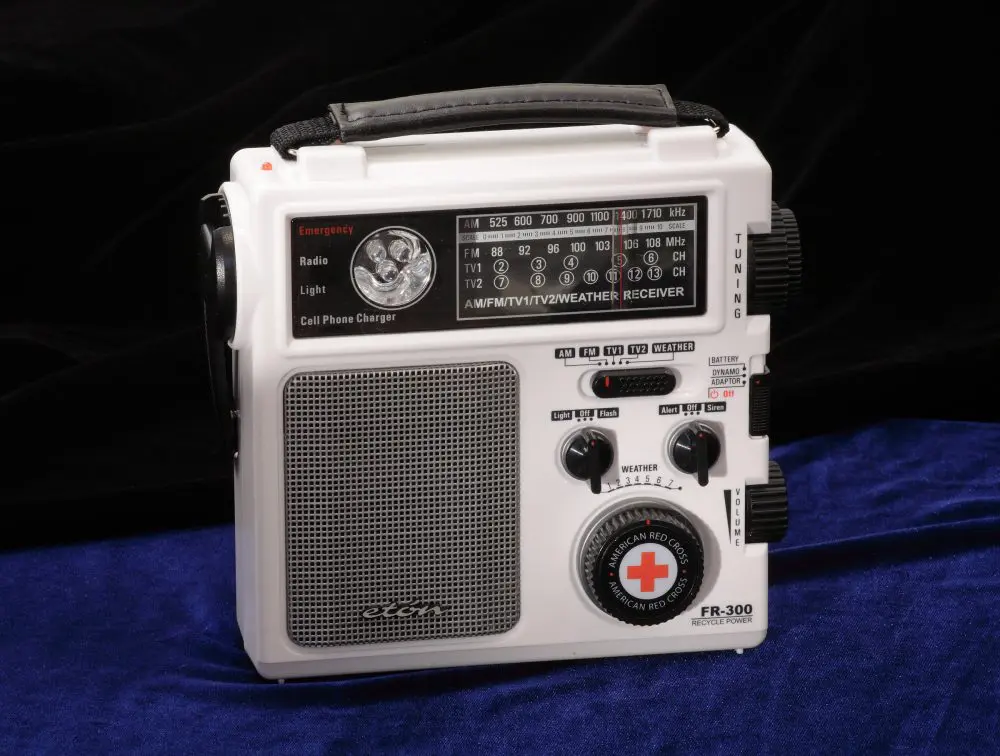During the United States Senate confirmation proceedings on President Donald Trump’s second nomination to the Supreme Court, an exchange between that nominee, Judge Brett Kavanaugh, and Senator Dianne Feinstein (D-CA), ranking member of the Senate Judiciary Committee, was very instructive.
Feinstein, who by virtue of her rank and power on the Senate and her longstanding passionate zeal for the forcible citizen disarmament agenda, certainly surprised no one with the laser-like focus of her hostility in questioning Kavanaugh about certain “pro-gun” positions he has taken in past rulings in the federal court system.
On September 5th, the second day of the Senate Judiciary Committee’s confirmation hearing process, Feinstein confronted her target of the day for her anti-gun wrath: “You specifically argued that the D.C. assault weapons ban was unconstitutional and I think because you said these weapons were in common use. What did you base your conclusion that assault weapons are in common use and what evidence or study did you use to do that?”
This question was in reference to Kavanaugh’s dissent, as a judge on the Washington D.C. Circuit Court (considered by many to be the second most powerful court in the country, after the United States Supreme Court), on the court’s 2011 ruling that D.C.’s total ban of private ownership of so-called “assault weapons” was not unconstitutional. Kavanaugh based his dissent on precedent established in the Supreme Court’s 2008 District of Columbia v. Heller decision, which struck down that city’s ban on private ownership of handguns.
In the Heller ruling, late Justice Antonin Scalia wrote that one of the reasons the handgun ban was unconstitutional is that handguns are “commonly used” for self-defense in the United States. He further went on to reason that possession of arms commonly used for legal purposes by private citizens in the U.S. is protected by the Second Amendment.
I would argue that the arms “in common use” by private citizens at the time the Constitution was written were indistinguishable from those issued to the infantry of any nation’s military at the time, which would really have upset Feinstein, but Scalia, sadly, did not.
Anyway, Judge Kavanaugh argued that he followed that precedent in 2011 because, once again, Washington D.C. had banned firearms in “common use” throughout most of the country.
Hard to argue with that, one might think, but it’s easy enough for anyone unwilling to be deterred by mere facts and logic, and such unwillingness is what characterizes Feinstein’s stance on guns.
Feinstein, seemingly incredulous that Kavanaugh would dare argue that such “weapons of war” are not uncommon among decent, responsible American gun owners, fired back: “You’re saying the numbers determine common use? Common use is an activity. It’s not common storage or possession, it’s use. So what you said is that these weapons are commonly used. They’re not.”
In other words, according to Feinstein, we are to ignore the fact that tens of millions of Americans own such firearms, but that doesn’t make them “common.” Likewise, the fact that the AR-15 platform is—and has been for years—the most popular type of centerfire rifle in the country is, according to Feinstein, similarly irrelevant in a discussion about whether or not such rifles are “in common use,” because, remember, it’s not enough that we own them.
No, for so-called “assault weapons” to be “in common use,” millions of us have to, apparently, be mowing bad guys down with them (since merely taking them to the range and firing them, as happens at thousands of ranges across the country every day, is clearly not enough for her).
And as irrational as that argument is, Feinstein and her fellow ideologues have somewhat painted themselves into a corner, trapping themselves into clutching at the flimsy straw of that ridiculous contention. It’s not just that recognition of the “common use” of such firearms is likely to doom bans of them in court, but it would also undermine their entire rationale for insisting on the bans in the first place. This is because for decades now, they have argued that the only purpose of these “weapons of war” is to kill a great many people in a short period of time.
Unfortunately for Feinstein and friends, far too few Americans are being shot and killed (with any guns, let alone “assault weapons”) for there to be millions (never mind tens of millions) of such arms “in common use.” So they are forced to argue that we should forget the number owned by Americans and just believe that they are not used.
But then what defines “using” something? For example, I believe that fire extinguishers and smoke detectors in the home are constantly useful in keeping the home safer from fire—even when there is currently not any smoke to detect nor flames to extinguish. And if Feinstein disagrees, she would no doubt be willing to rid her home of such devices.
Likewise, one might argue that society is made safer by the presence of law enforcement officers, even when those officers are not currently actively busting any bad guys. Their mere presence is useful in preserving the peace. And gun owners don’t need, at any given time, to be actively blowing holes in miscreants in order for the mere presence of their firearms to be useful for their security.
In fact, if “keeping” arms isn’t “using” them, for purposes of establishing whether or not possession of those arms is Constitutionally protected, how can “bearing” them—merely carrying them around—be? The Second Amendment says the right that Shall Not Be Infringed is the right to keep and bear arms, without mention of “using” them, by whatever definition Feinstein has in mind.
Personally, I believe that tying Constitutional protection of the private ownership of a given class of arms to their “common use” is one of the worst aspects of the Heller ruling, because doing so would apparently mean that any brand-new class of arms can be banned, as long as it is done before those arms have a chance to become common. Besides, how can one justify determining fundamental human rights on the basis of a popularity contest?
But in this case, that doesn’t really matter, because so-called “assault weapons” are wildly popular with American gun owners, the extreme rarity of their use for violence notwithstanding. Feinstein can argue all she wants that they are not commonly used—and thus not Constitutionally protected—until more people start getting shot with them. But doesn’t she claim to be against “gun violence”?
A former paratrooper, Kurt Hofmann was paralyzed in a car accident in 2002. The helplessness inherent to confinement to a wheelchair prompted him to explore armed self-defense, only to discover that Illinois denied that right. This inspired him to become active in gun rights advocacy.




